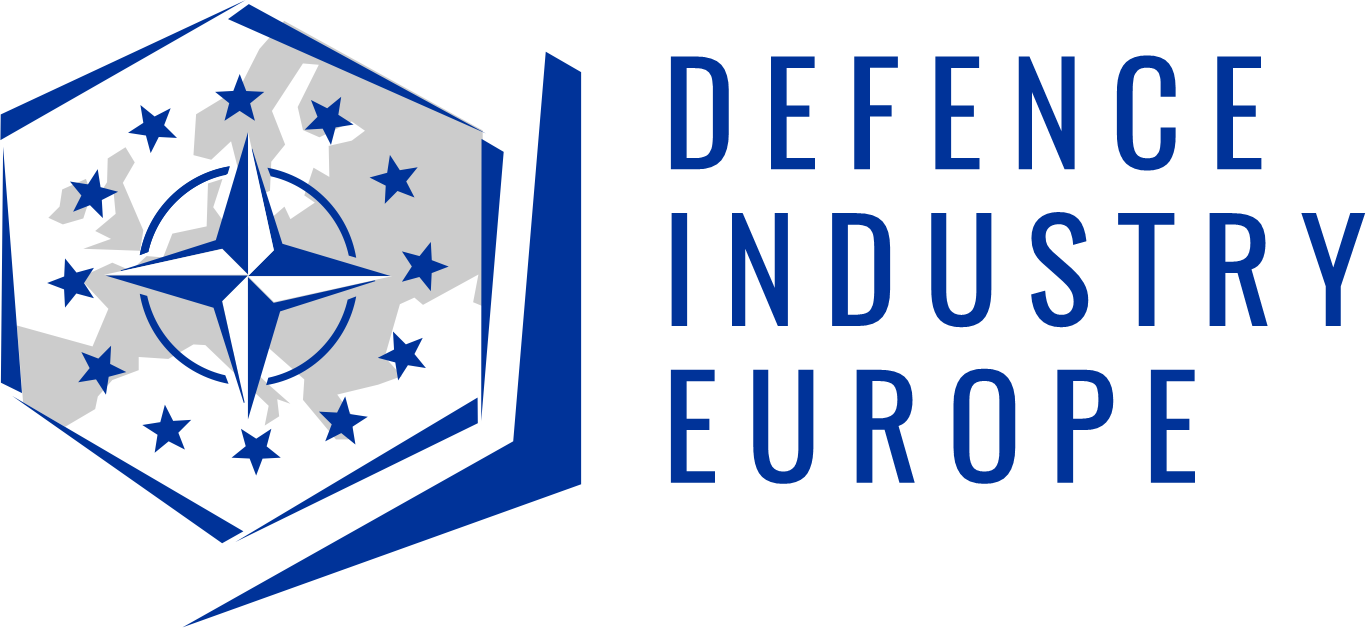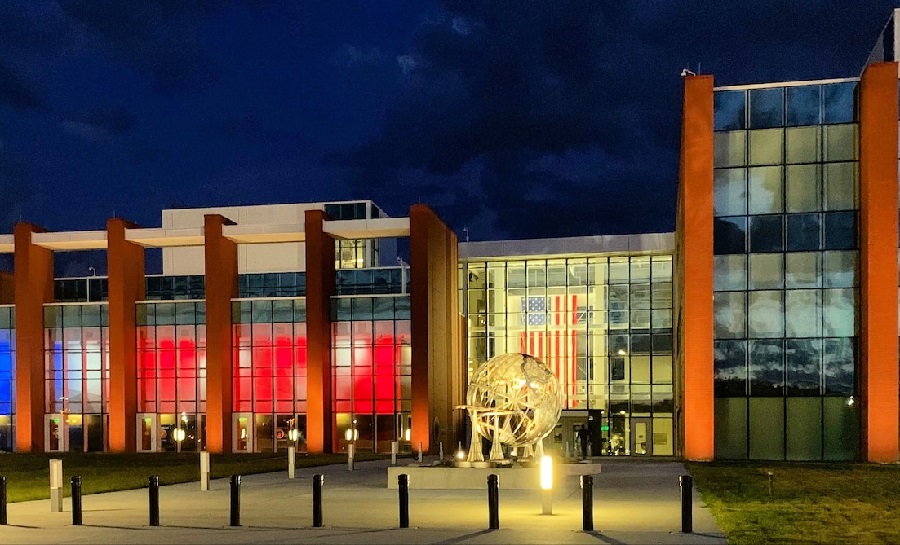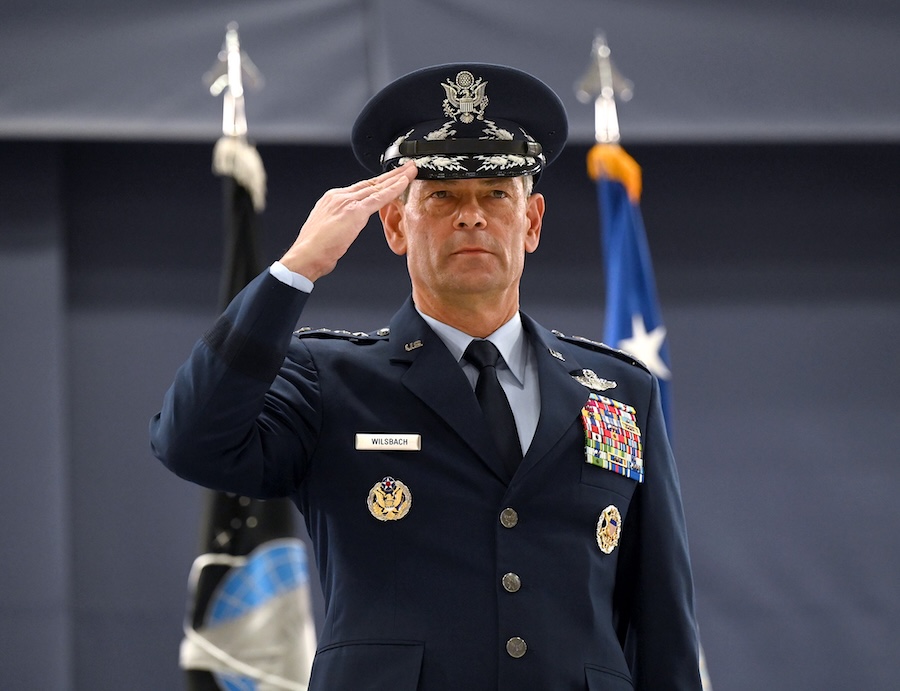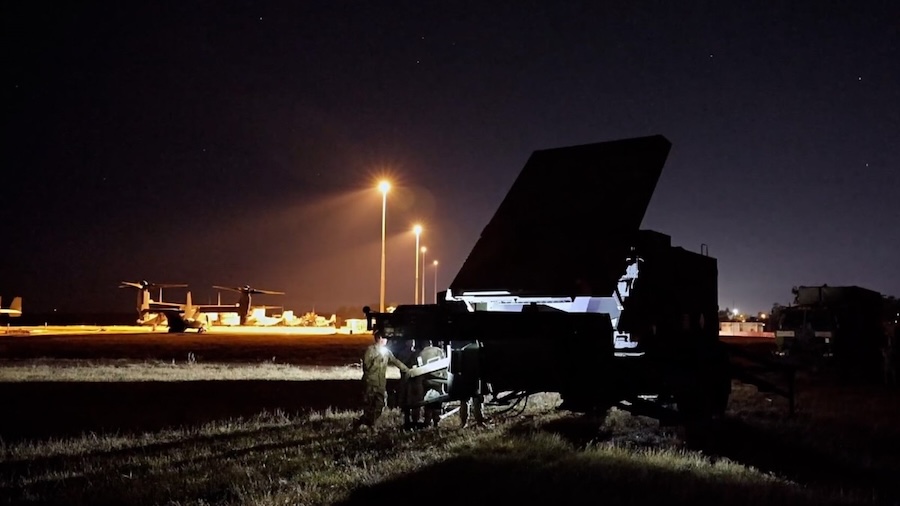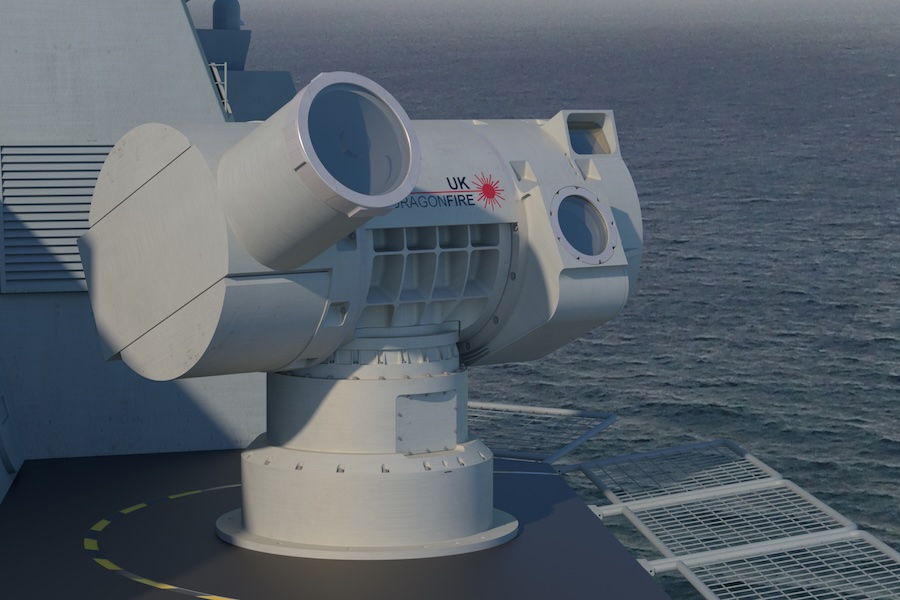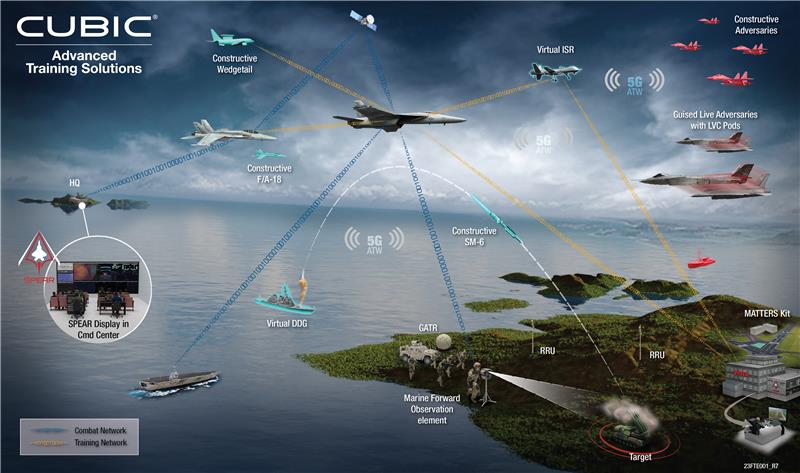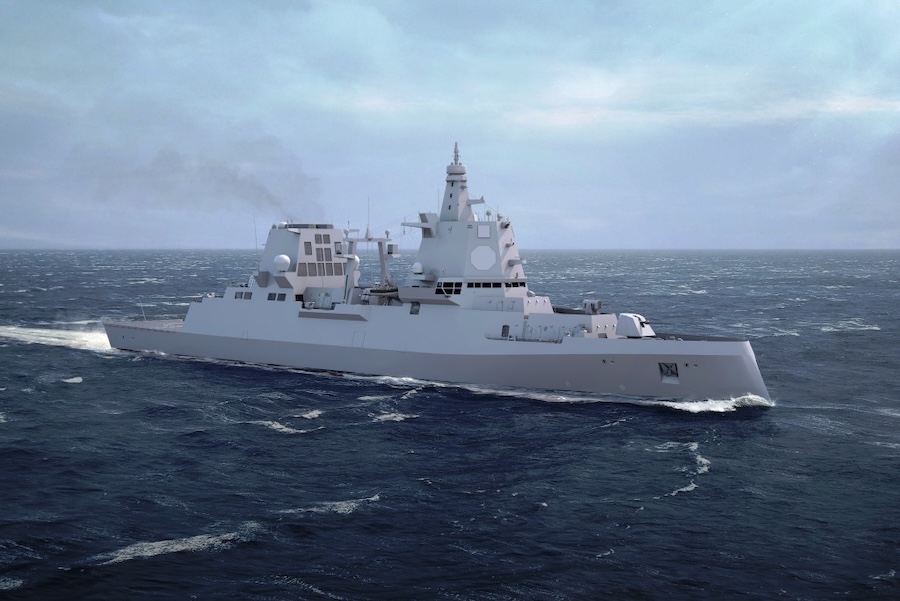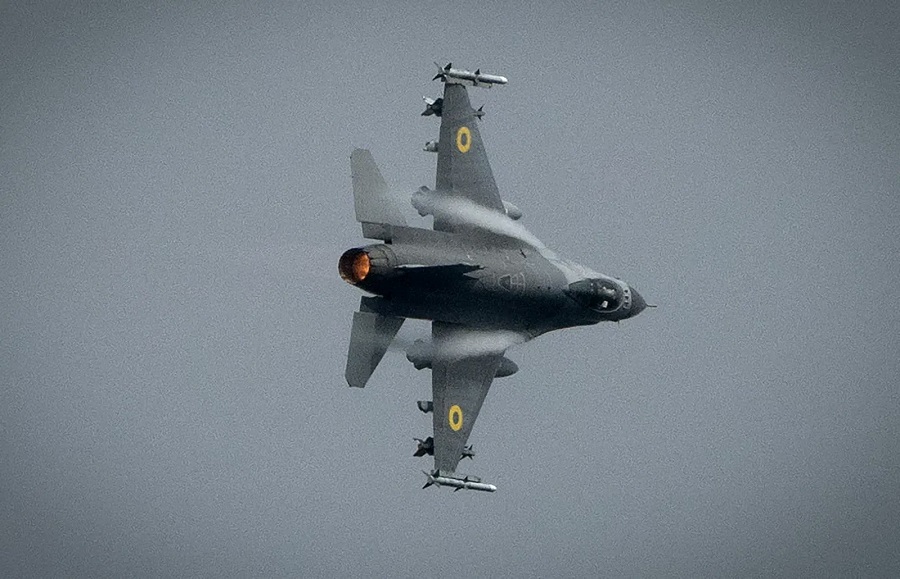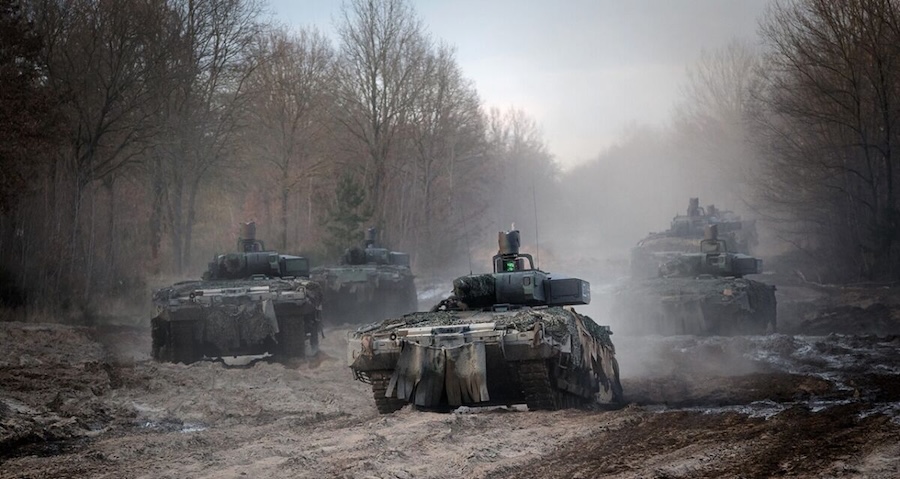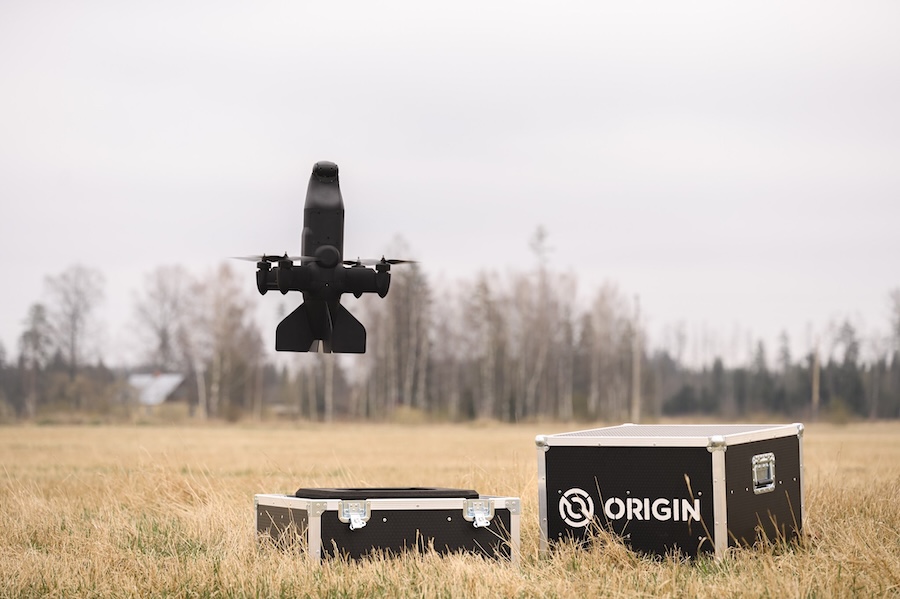Global Thunder 26 involves all legs of the U.S. strategic triad—intercontinental ballistic missiles, ballistic-missile submarines, and strategic bombers—along with the command-and-control systems that link national leadership to deployed forces. “This is an annual exercise, not held in response to world events or actions by any nation or entity,” USSTRATCOM stated.
As in previous years, the exercise includes increased aircraft activity, such as minimum-interval take-offs, long-range missions with aerial refuelling, and command aircraft relaying simulated presidential directives. Platforms often involved include B-52H Stratofortress and B-2A Spirit bombers, E-6B Mercury “TACAMO,” and E-4B “Nightwatch” airborne command posts.
Submarine crews and missile operators rehearse alert procedures and launch protocols, ensuring all elements of the triad are tested. Communication with submerged Ohio-class ballistic-missile submarines is validated using very-low-frequency broadcasts that preserve stealth.
Global Thunder also rehearses crisis response elements such as base defence, logistics continuity, and casualty management. Parts of the scenario simulate the loss or degradation of command nodes, forcing rerouting of communications and testing continuity of control under stress.
Source: U.S. Strategic Command.


